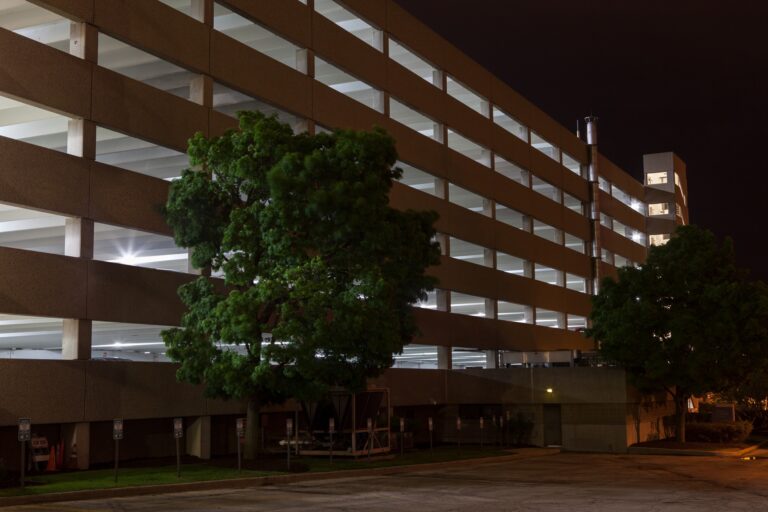April 9, 2018 — A growing number of electric cooperatives and municipal utilities are capturing the economic, grid, and environmental benefits from community-scale solar (CSS) installations as institutional barriers to development are addressed for this emerging technology solution, according to a new report by Rocky Mountain Institute (RMI).
And while recent CSS market growth has exceeded that of both so-called “behind-the-meter” solar like rooftop photovoltaic systems and that of utility-scale solar between 2015 and 2017 according to a GTM/SEIA US Solar Market Insight Report cited by RMI, those barriers — encompassing cost, access, and demand — continue to drag on the CSS sector’s overall growth.
RMI’s new Progress and Potential for Community-Scale Solar report offers new approaches to help drive additional development and buyer adoption of this clean, reliable, locally sourced resource.
Community-scale solar consists of solar arrays that generate mid-size (e.g., 0.5–5 MW) solar power and that are sited within the neighborhoods they serve. According to RMI’s Shine: Community Scale Solar project page, tens of millions of US homes and businesses can’t access solar electricity for reasons that include financing constraints, not owning their property, the lack of a suitable roof for solar, or high prices due to poor adaptation of system design and business models in combination with lack of competition.
RMI says community-scale solar can change that and provide affordable access to this clean energy source. And the community-scale solar market segment is for everyone, says the group — especially homes and businesses; utilities — including municipal utilities, electric cooperatives, and investor-owned utilities; community-based organizations; and solar developers.
In fact, readers may want to educate themselves and meet up with FMs from neighboring facilities to drum up interest and see if a CSS system might be of mutual benefit.
The report relays data and insights from RMI’s work supporting co-op solar procurement in Colorado, New Mexico, and Texas, and focuses particularly on the CSS opportunity for rural electric cooperatives. It follows RMI’s research highlighting levers to reduce CSS costs by 40% and enable a 30-gigawatt community scale-solar market — the equivalent of about 50 average-sized coal plants — by 2020.
RMI believes the CSS segment sits in an economic sweet spot in the market and represents an economic opportunity of as much as $30 billion. According to the group, community-scale systems are large enough to access low costs through economies of scale and small enough to efficiently interconnect into distribution systems.
Via these solar arrays — between 0.5 megawatt (MW) and 5 MW per installation, interconnected to distribution networks and sited directly within the neighborhoods they serve — cooperatives can leverage local connections to facilitate the development process, further reducing costs.
Thomas Koch Blank, a principal at RMI, remarked:
In demonstrating the ability to already today deliver clean energy at or below 5 cents per kilowatt-hour on the distribution grid, CSS can be the “killer app” for cooperatives, supplying a cost-competitive, locally sourced, clean energy resource that also provides resilience benefits to their members. Seizing on the additional cost-reduction pathways we identify will help ensure buyers access to the best CSS offerings and their range of benefits.
RMI in December announced the start of construction on a new 3 MW solar project in New Mexico that will sell its output below 4.5 cents per kilowatt-hour, a price RMI believes is the lowest reported contract for distributed photovoltaic solar energy in the U.S. RMI provided project analysis and supported the competitive procurement process for Otero County Electric Cooperative, Inc.
RMI is working with communities, utilities, and solar developers to build a more transparent, standardized approach to help expand market access for community-scale solar installations. The organization also is continually expanding its network to both raise awareness of the benefits of this technology, and to simplify the process to help stakeholders determine how CSS can help lower electricity costs and bring more clean energy onto the grid.
For more information and graphs, and to access a copy of the Progress and Potential for Community-Scale Solar report, visit the RMI Web site.




